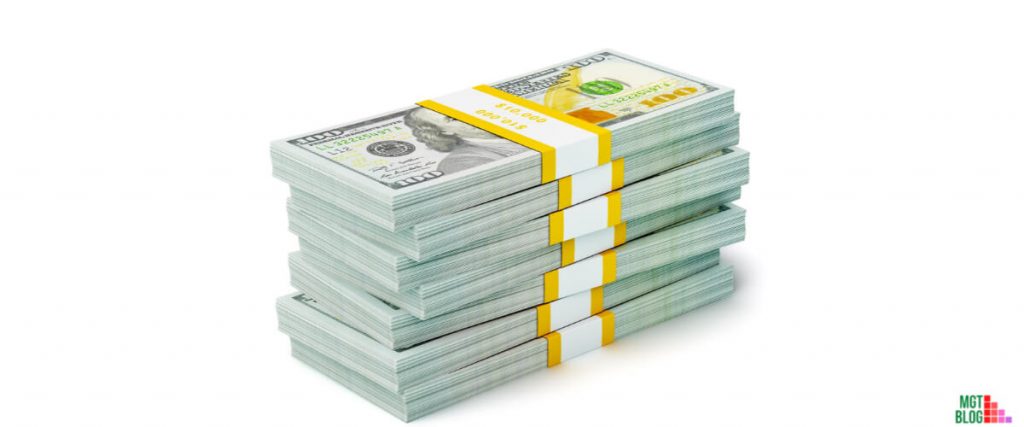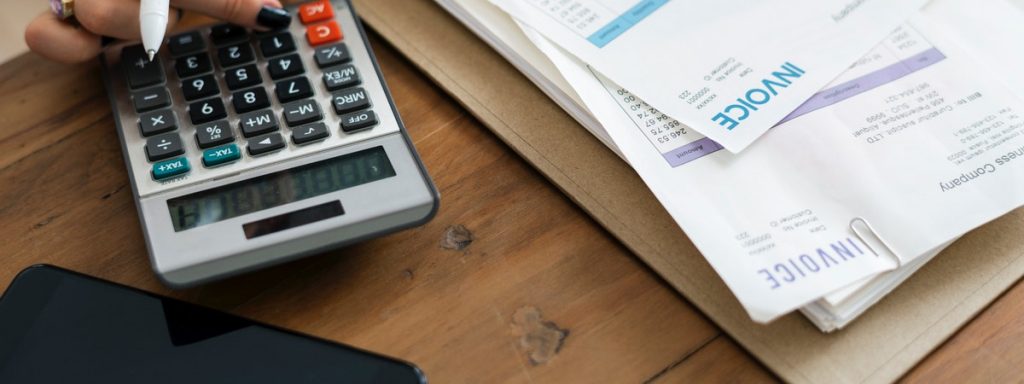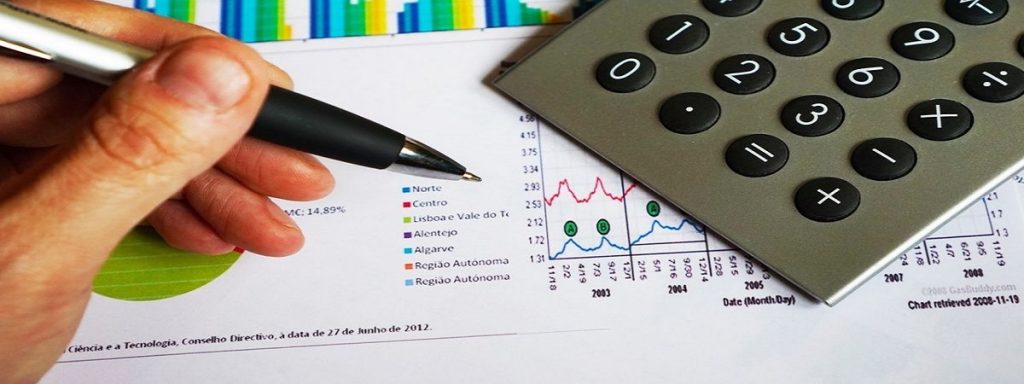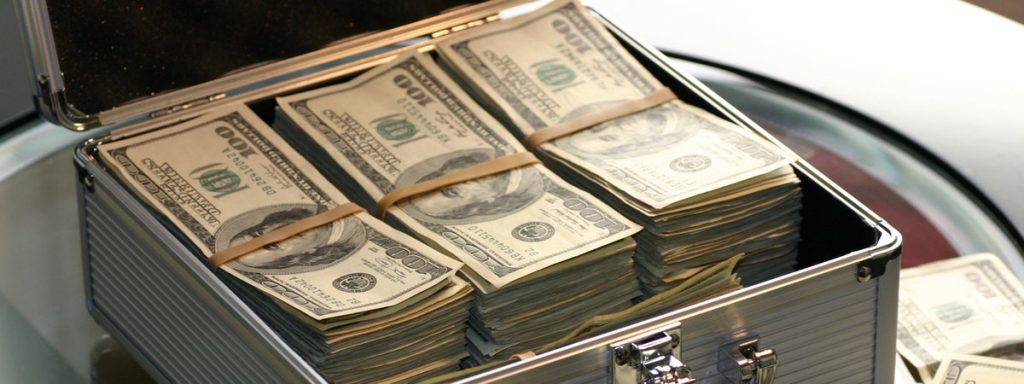The paper money of the USA is made from 75% cotton and 25% linen fibers. It gives the paper money a distinct look and feel. So the paper used for making money is different from the paper that is used for ordinary use such as newspapers, books, cereal boxes, etc. The paper money also includes various special materials that include colored threads, metal foil, ‘holograms’, watermarks, transparent windows, UV reactive dyes, etc.
What Is Money Made Out Of?

Money is available in two forms: coin and paper currency. Usually, the US coin is made from a variety of metals. Initially, silver and gold were used by the United States to make coins but due to the increasing price of these metals, the US authority started to use different metals to make the coins. Now, copper, nickel, and zinc are used to make US coins. The following table will give you a clear idea.
| Denomination | Metal Used |
| Cent | Copper -plated Zinc |
| Nickel | Cupro-Nickel |
| Dime | Cupro-Nickel |
| Quarter Dollar | Cupro-Nickel |
| Half Dollar | Cupro-Nickel |
| Presidential $1 | Manganese-Brass |
| Native American $1 Coin | Manganese-Brass |
We already know that American paper money is made of 75% cotton and 25% linen. The Bureau of Engraving and Printing (BEP) develops and produces the USA paper money. The paper and ink used in the production of USA paper money are as distinctive as their design. The quality of the paper that is used to make the paper money is very high and it would take at least4, 000 double folds before a note will tear. The currency paper of the USA is specifically made for the Bureau of Engraving and Printing (BEP) by Crane Paper Company. For paper money $5 and above, there will be a security thread and watermark already built into the paper when it is received. From time to time, the design of the money is updated with added complexity to make money counterfeiting more difficult. Some fun facts about US money are –
1. $20 bills last in circulation for about two years
2. In 1875, Pocahontas appeared on the back of the $20
3. You can fold a US paper money 4000 times before it will tear
4. A dollar bill has a lifespan of roughly 21 months
5. Usually, it costs 2.41 cents to create a penny
6. Two-thirds of all US$100 bills are held outside the US
7. The first American coins were minted in 1792
8. Martha Washington is the only woman ever portrayed on the US bill
9. $1 bills represent 45% of the entire currency production
10. About 90% of banknotes test positive for cocaine residue
11. The USA prints 37M notes daily, and it equals $696M
12. Americans throw away about $62M worth of coins yearly
How Paper Money Is Made
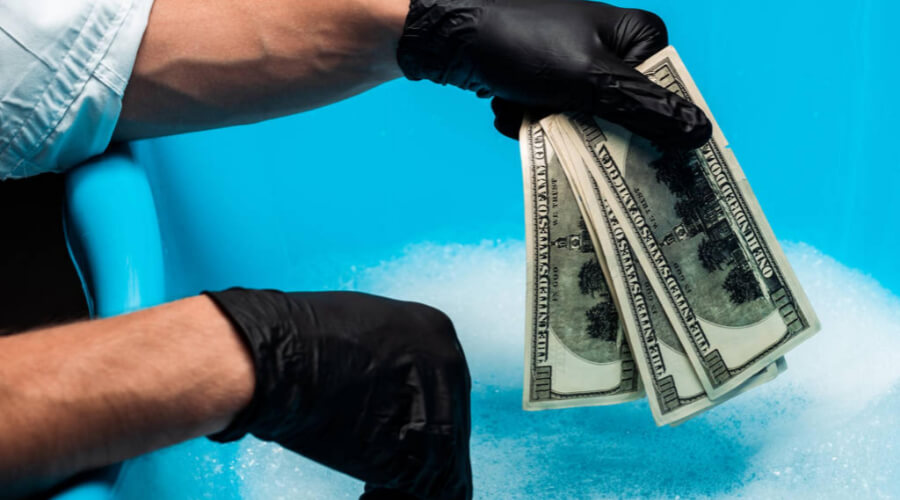
The production of US paper money is a complex procedure. The procedure involved highly trained and skilled craftspeople, specialized equipment, and a combination of time-honored printing techniques. The 5 basic steps of making paper money are:
1. Special paper and ink
2. Offset printing
3. Intaglio printing
4. Inspection
5. Overprinting
Special Paper and Ink
The first step of making paper money is the special paper and ink. All the USA paper money has green ink on the backs; black ink is used for the faces, color-shifting ink in the lower right corner of $10-$100 notes, and metallic ink for the freedom icons on $10, $20, and $50 bills.
Offset Printing
The offset printing is the 1st stage of production for notes of $5 and above. First, the colored background design is duplicated on a film negative then it is transferred to a thin steel printing plate. It also has a light-sensitive coating that provides exposure to ultraviolet light. The process is known as burning a plate. Then the background color is printed on the BEP’s Simultan presses. After the printing is completed the printed sheets are dried for 72 hours.
Intaglio Printing
This process is used for portraits, vignettes, scrollwork, numerals, and lettering unique to each paper money. In this process, the images are combined and transferred to a printing plate through the process of siderography. The papers for the money are laid atop of the plate and then they are pressed together. Once they are pressed, the ink from the recessed areas of the plate is pulled onto the paper and finalizes the image. The green engraving on the US paper money is printed on high-speed, sheet-fed rotary intaglio presses. Then the papers are required to dry for 72 hours before moving to the face intaglio press.
Inspection
In this process the paper is checked by the BEP’s Upgraded Offline Currency Inspection System (UOCIS) integrates computers, cameras, and sophisticated software. This process thoroughly analyzes and evaluates untrimmed printed sheets. It also checks proper color registration and ink density. Then the money paper is cut in half to create two 16-subject sheets. Then all the sheets are moved to the final printing stage.
Overprinting
The next step is overprinting. In this process, the COPE-Pak adds the two serial numbers, black Federal Reserve seal, green Treasury seal, and Federal Reserve identification numbers. The modern US paper money has serial numbers that consist of two prefix letters, eight numerals, and one suffix letter. During the overprinting process, the sheets are inspected by the COPE Vision Inspection System (CVIS). If there is any defective sheet then it is replaced with a “star” sheet. Serial numbers of notes on star sheets are identical to the notes they replaced but the difference is only the start and it appears after the serial number in place of the suffix number. Once the process is completed, the money papers are stacked and passed through two guillotine cutters. The first cut is horizontal and it leaves the notes in pairs. The second cut is vertical and it produces individual finished notes. Finally, the notes are shrink-wrapped and become ready for delivery to the Federal Reserve System.
How Metal Coin Is Made
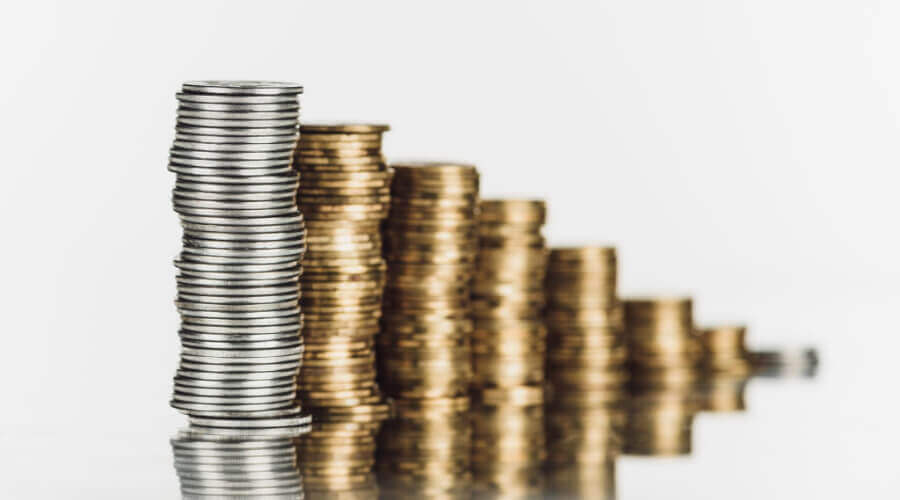
Every day millions of metal coins are made in the USA and the coin-making procedure is a bit complex. There are six main steps in the manufacture of American coins. They are –
1. The first step of coin making is known as blanking. In this step, blanks are punched from coiled strips of metal. The medal measures 13 in by 1,500 ft in a blanking press.
2. In the next step, the blanks are annealed, washed, and dried. Here, the blanks are heated to soften them, and then they are sent through a washer and dryer.
3. This step is known as upsetting. In this step, good blanks are passed through an upsetting mill and it raises a rim around the edges of the blanks.
4. The next step is striking. In this step, the blanks are passed to a coining press. Here the blanks are stamped with the designs and inscriptions and it provides them the authentic appearance of United States coins.
5. In the 5th step, all the newly struck coins are inspected by using magnifying glasses to spot-check the coins
6. This is the final step, where the new coins are counted and bagged. This process is completed using an automatic counting machine.
References:
1. https://www.jampaper.com/blog/what-kind-of-paper-is-money-made-of/
2. https://stackyourdollars.com/what-is-money-made-of/
Last Updated on November 2, 2022 by Magalie D.

Magalie D. is a Diploma holder in Public Administration & Management from McGill University of Canada. She shares management tips here in MGTBlog when she has nothing to do and gets some free time after working in a multinational company at Toronto.

